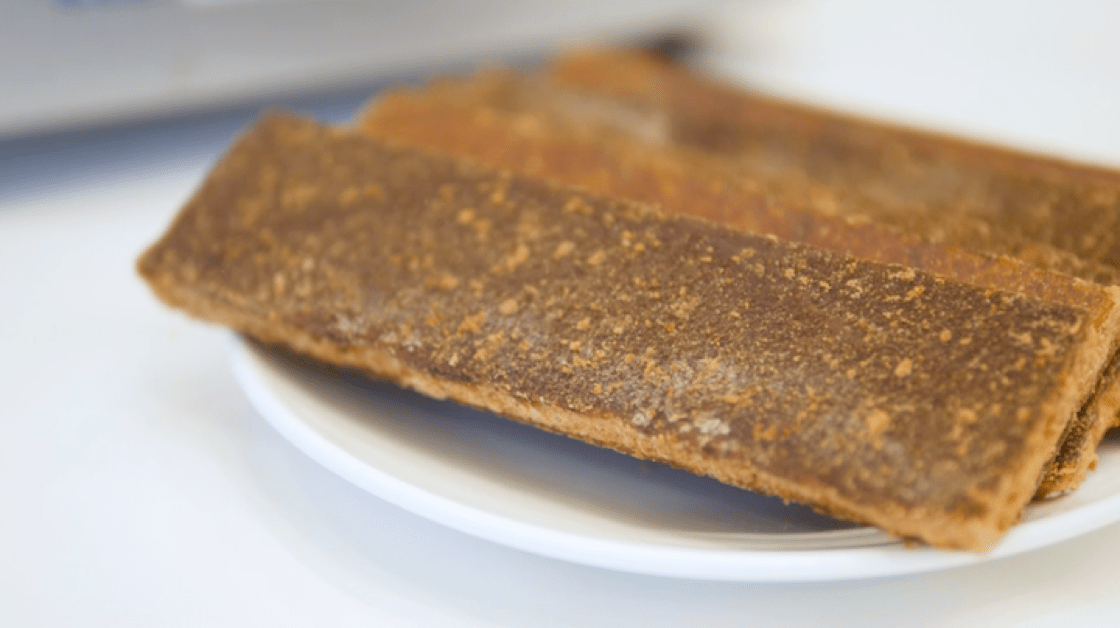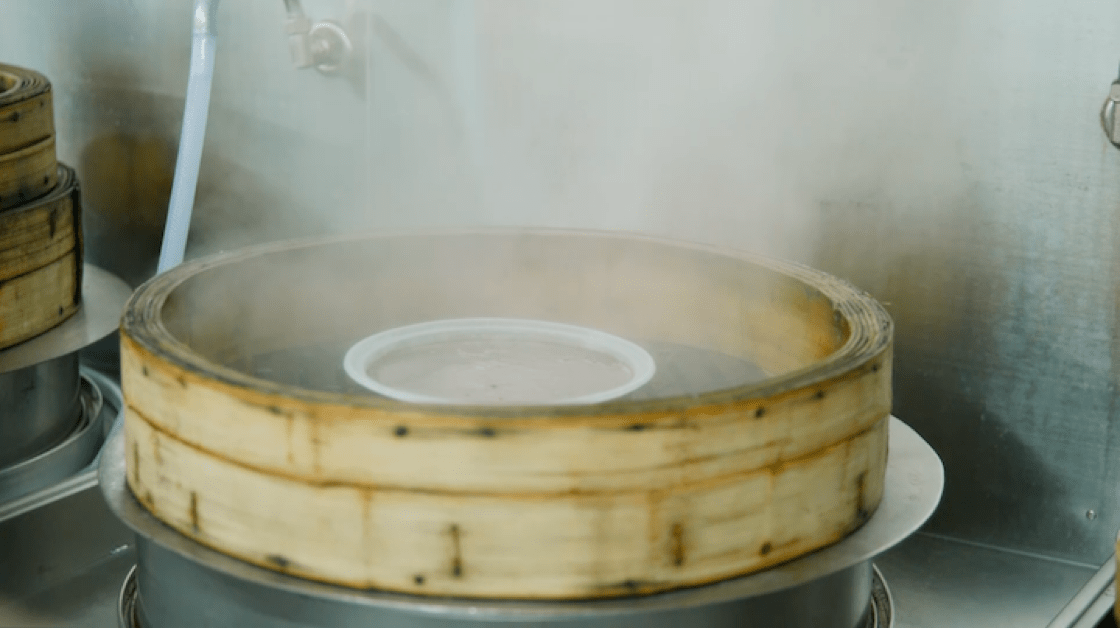The restaurant was founded by Lawrence’s father, Koo Kwok Wah, in the late 70s in Sheung Wan. Since then, West Villa has opened new branches in Taikoo Shing and Causeway Bay. Traditional Cantonese fare dominated the restaurant’s menu when it first opened. Chinese New Year puddings weren’t introduced to the menu until the early 90s upon customer requests.
Among the selections, the pure cane sugar Chinese New Year pudding is the best-seller. Its moderate sweetness and depth in flavours are the secret to capture the diners’ heart. To achieve this widely-appreciated flavour profile, West Villa looks back to the past for inspiration.

As the younger Koo said, there’s nothing complicated behind a Chinese New Year pudding. Glutinous rice flour, wheat starch and sugar are all you need. But here comes the X factor—his father specified the use of cane sugar from the Zengcheng, Guangdong Province in China. “Zengcheng cane sugar is made from the ancient method, cooked over lychee wood without adding any water. For this reason, it carries the fragrance of lychee, and that brings a deep aroma and brown hue to the Chinese New Year pudding,” Koo says.
Cane sugar was an old Hong Kong commodity, available at every turn in the grocery shops and rice-sellers. This is no longer the case following the decrease in cane fields. “The change puts a lot of pressure on us. The problem isn’t only the cost—the type of cane sugar we look for aren’t even sold in many places. It was hard to find one or two suppliers,” Lawrence points out.

New Chinese New Year flavours sprang up in recent years. Deciding to follow or buck the trend has been a preoccupation for West Villa. After careful consideration, they decided to stick to tradition, considering that many old-school cooking techniques has been lost in our time. “Through the simple recipe with cane sugar, we want to show the younger generation what the real Chinese New Year pudding is and how a regular Chinese New Year pudding should taste like,” Koo says.









